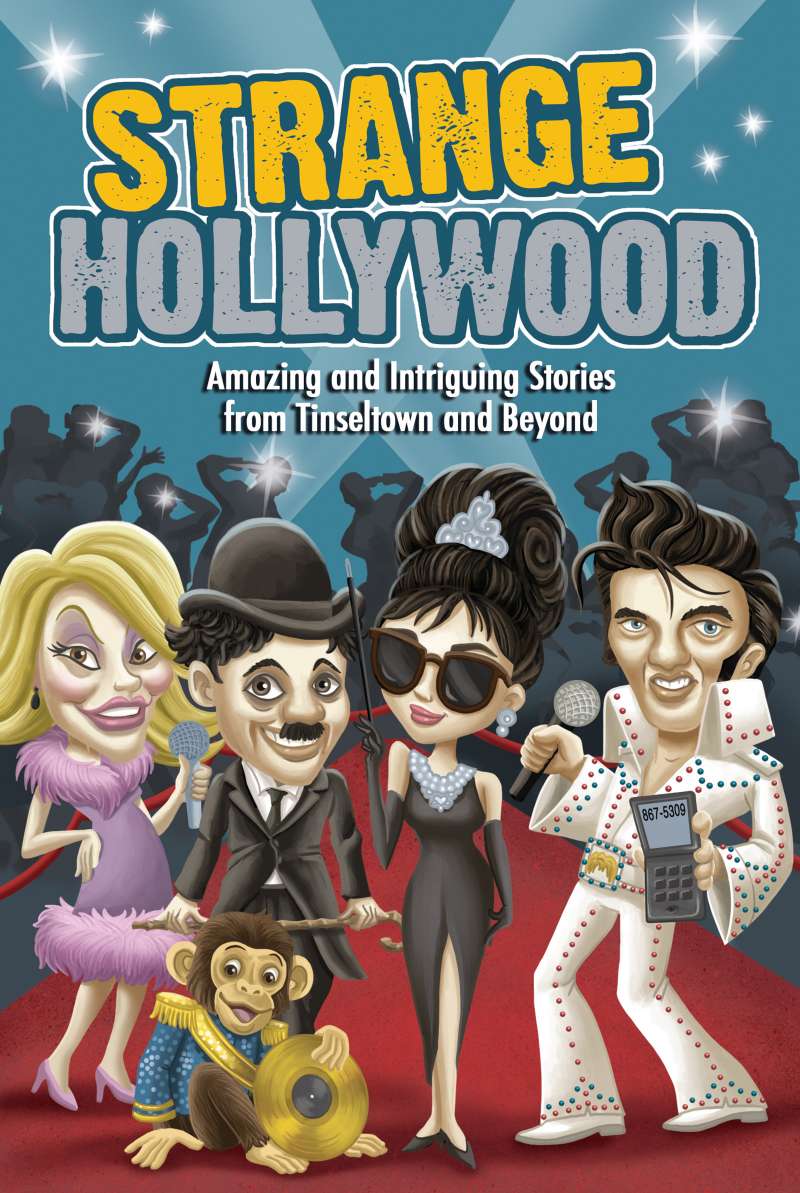“Big in Japan” is a slightly derisive term in the music business. It refers to American singers and bands that haven’t quite found much success stateside, but who are supposedly “big in Japan.” Sometimes, it’s actually true. Rock and Roll Hall of Famers Cheap Trick didn’t really pop in the U.S. until after Live in Budokan, an album recorded in Japan, where the Illinois rockers were huge. Here are some more American acts that did just fine elsewhere.

Alyssa Milano
In the United States, Alyssa Milano is best known as a perpetual star of series television, a cast member on shows like Charmed, Mistresses, and Melrose Place. She first emerged in the mid-‘80s as a child star and teen idol on the sitcom Who’s the Boss? At the same time, she was a pop star in Japan. Not one of her four albums of teeny bopper dance pop was released in the U.S., but they all sold decently in Japan. And she liked it that way. “A lot of actors who release albums here are laughed at,” she said in 1991. “I’d much rather have it released where it’s appreciated then laughed at.” Milano recorded so many singles about complicated teenage feelings — “Look in My Heart,” “Straight to the Top,” “What a Feeling,” for example — that she’s even got a greatest hits album. (Which was, of course, released only in Japan.)
Looking for more trivia? Strange Hollywood is filled with amazing and intriguing stories from tinseltown and beyond.
Neil Sedaka
Neil Sedaka ultimately became one of the biggest pop singers ever, dominating the radio in the late ‘50s and early ‘60s — after Elvis but before the Beatles. The Brooklyn-based musician had a hard time getting things going in his homeland, however. He left his first band, the Linc-Tones…just before they became the Tokens and scored a huge hit with “The Lion Sleeps Tonight.” His solo career fizzled out, too, with his first three singles bombing, but the fourth, “The Diary” sneaking into the top 20. His follow-up songs “I Go Ape” (a novelty song with lyrics about cavemen and primates) and “Crying My Heart Out for You” bombed in the U.S., but did well in the U.K. and Italy, respectively. His next song, “Oh! Carol!” finally hit the top 10 in 1959, but not before topping the charts in Italy. Curiously, Sedaka did very well throughout in Japan, where the B-side of “Oh! Carol!” — a throwaway tune called “One Way Ticket” — went all the way to #1.
Little Jimmy Osmond
The clean-cut Osmond Brothers started off as a barbershop quartet featuring the four oldest boys: Alan, Wayne, Merrill, and Jay. With the addition of child star (then teen sensation) Donny Osmond, the group changed names to the Osmonds and became a bubblegum pop act, a slightly corny answer to the Jackson 5. Among the family band’s early ‘70s smashes: “One Bad Apple,” “Yo-Yo,” and “Down by the Lazy River.” Young brother Jimmy was a part-time Osmond at first, something of a novelty act for the brothers to bring along on gigs and sideshow performances and let the pint-sized kiddo belt out the occasional tune. But while American audiences wanted the collective Osmonds, music buyers in the U.K. and Japan seemed to prefer solely Jimmy. In 1968, the five-year-old earned his first of three gold records for “My Little Darling,” a song he recorded in the Japanese language. (And in 1972, nine-year-old “Little Jimmy Osmond” became the youngest chart-topper in U.K. history, when “Long Haired Lover from Liverpool” went to #1.)
Jennifer Connelly
While these savvy stars played to their strengths and catered to Japanese fans, Oscar-winning actress Jennifer Connelly (A Beautiful Mind, Requiem for a Dream), had no idea that she was — briefly, years ago — a pop star in Japan. In February 2019, Connelly was a guest on The Graham Norton Show, where the host dug up a commercial the actress filmed in Japan as a teenager. She said she appeared in lots of ads in Japan as a kid, and in one for stereo manufacturer Technics, she sang the brand jingle in Japanese. Then, without her knowledge until the present-day apparently, Technics extended her singing into a full-length song and released it as a single…which went all the way to #1 on the Japanese pop chart.








